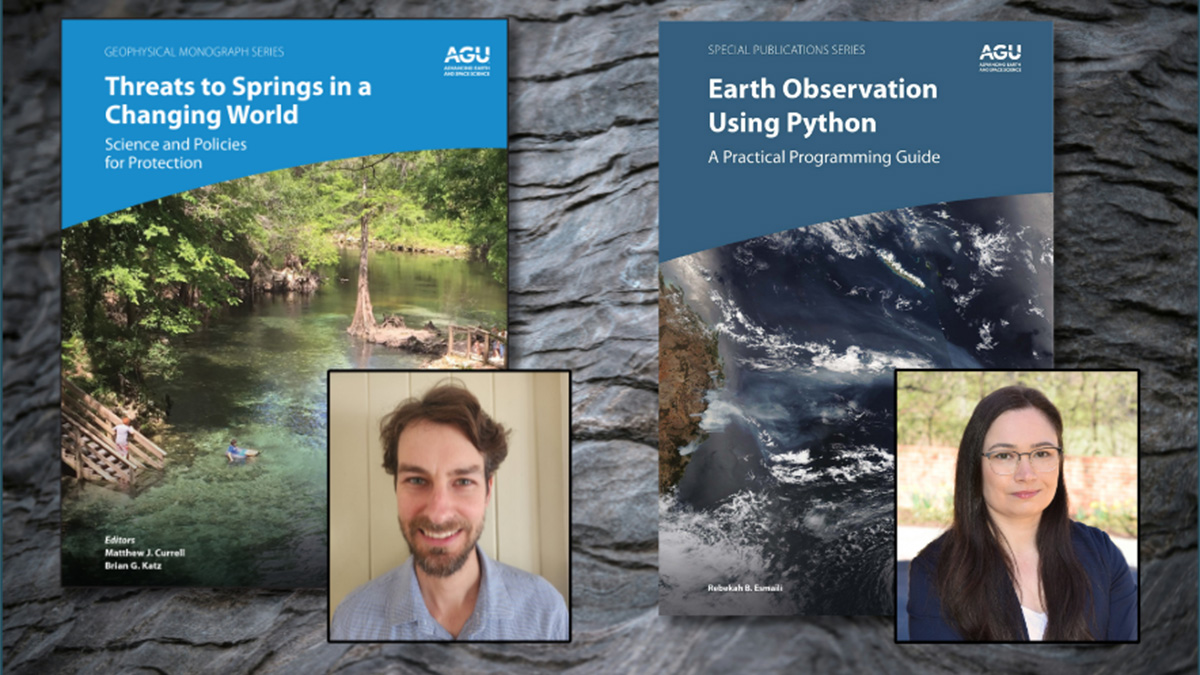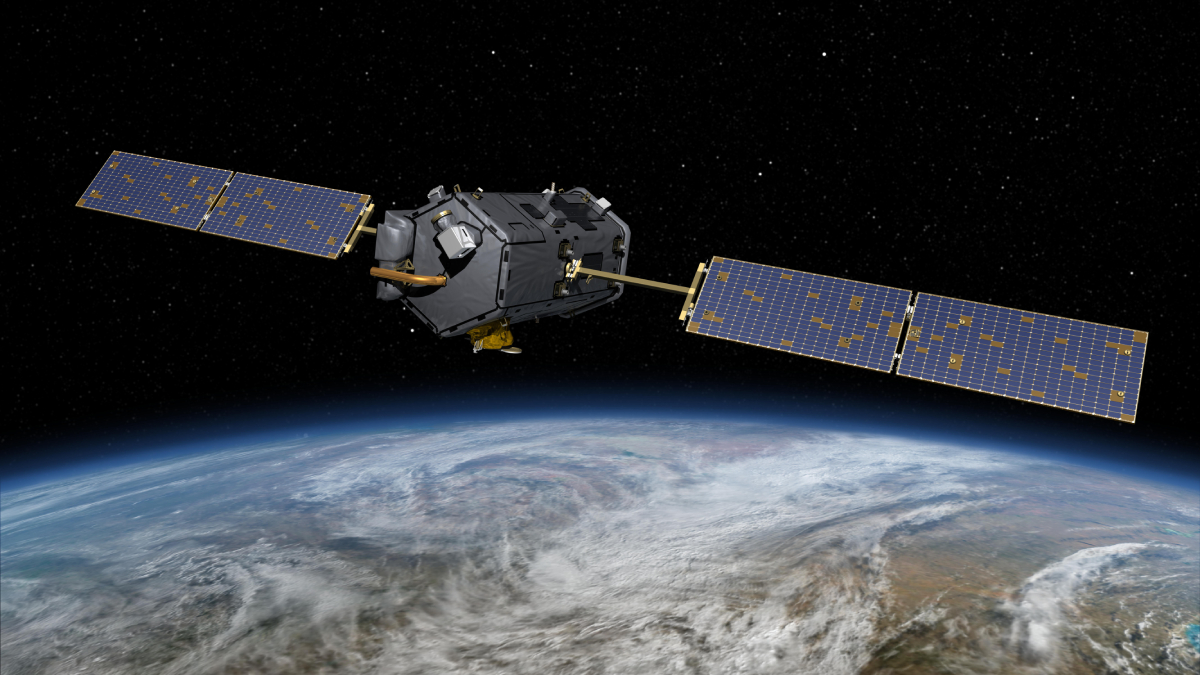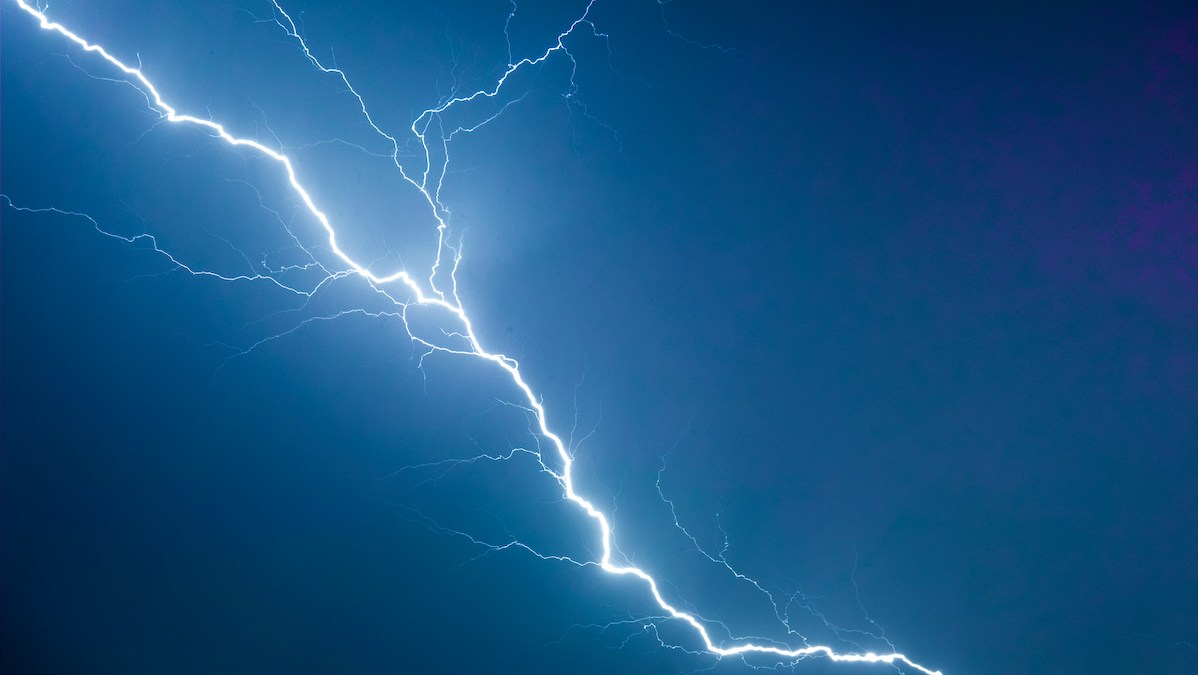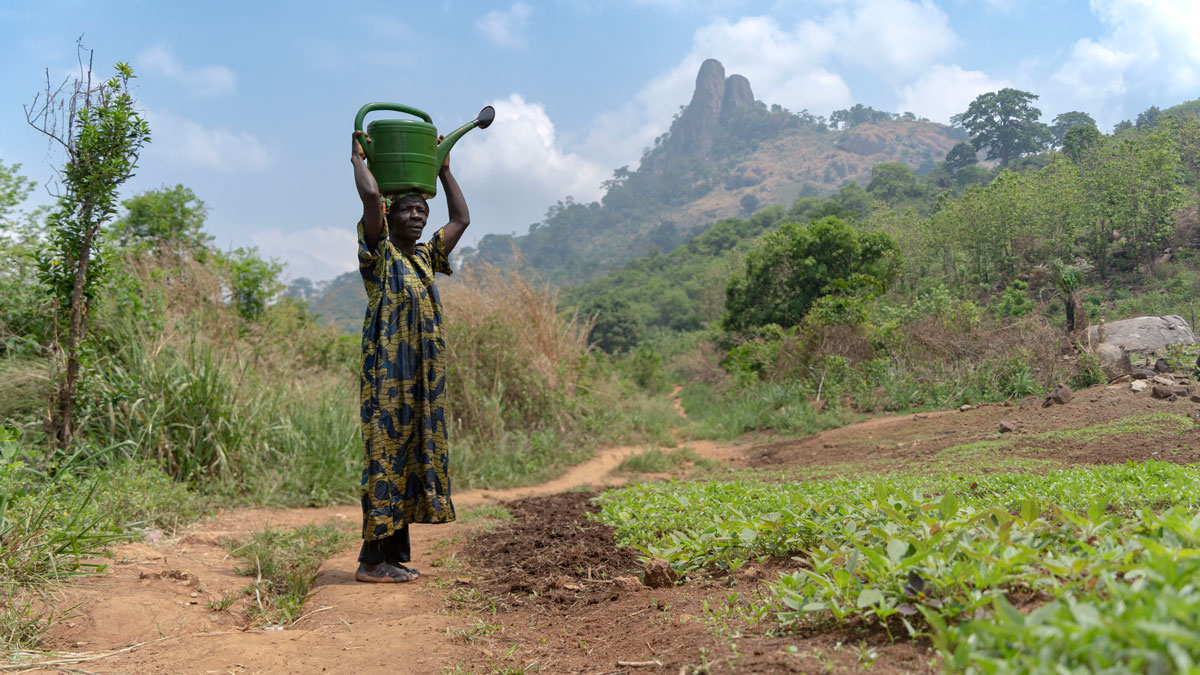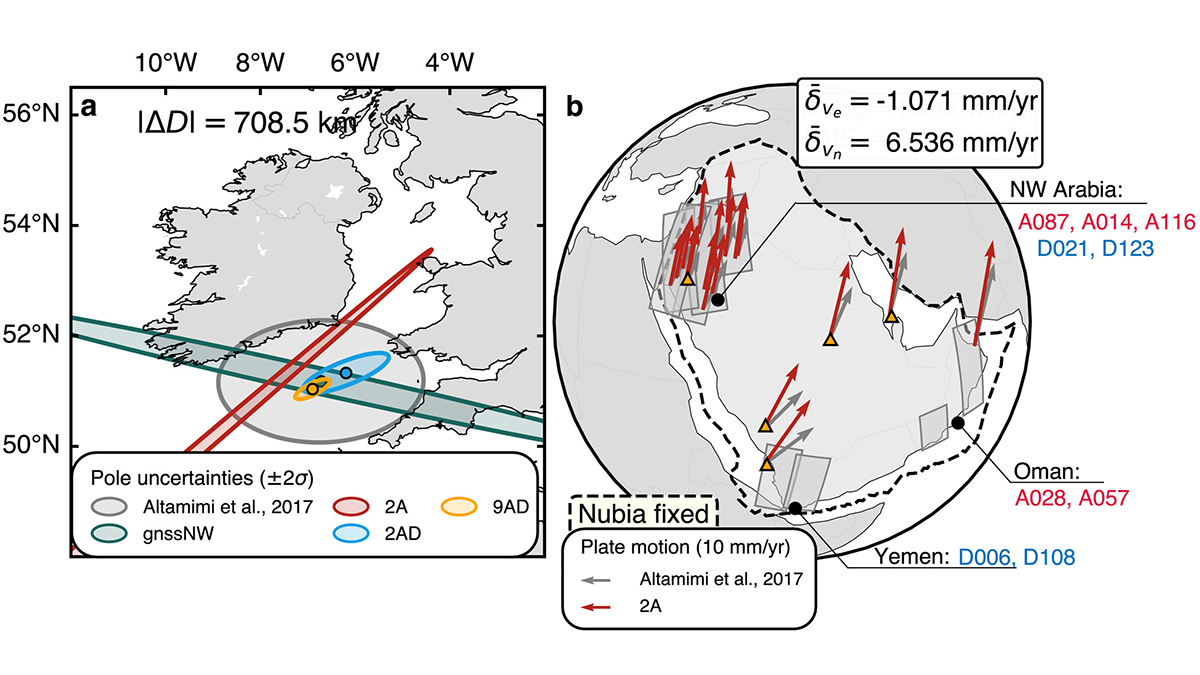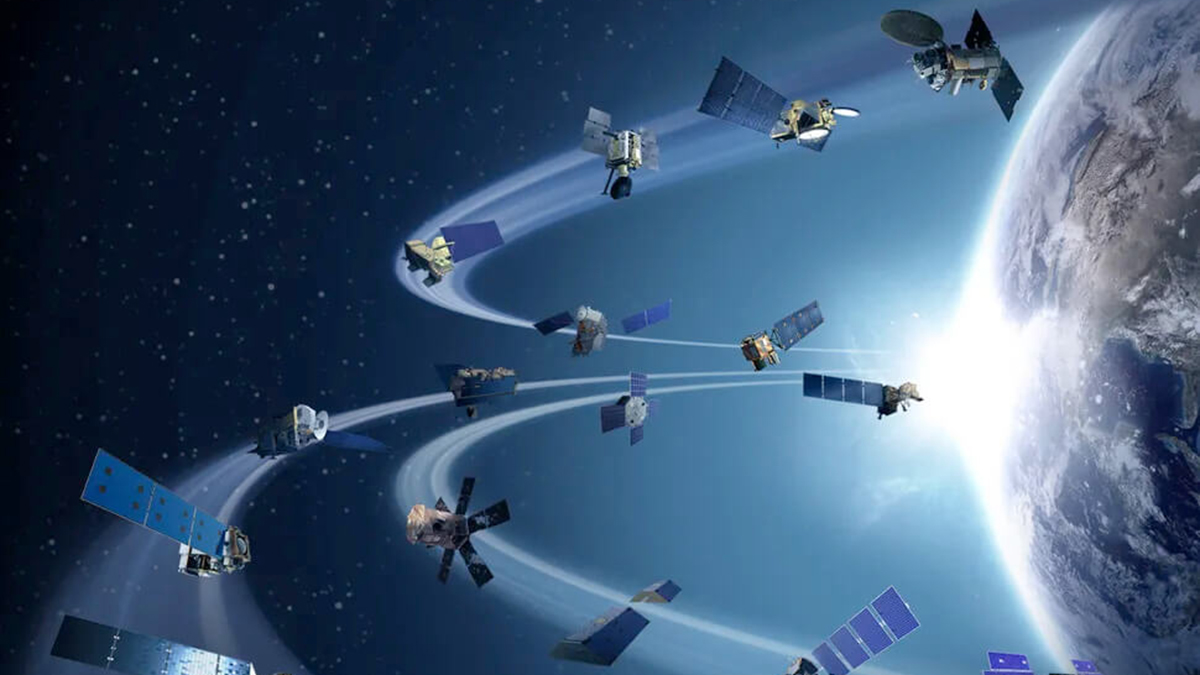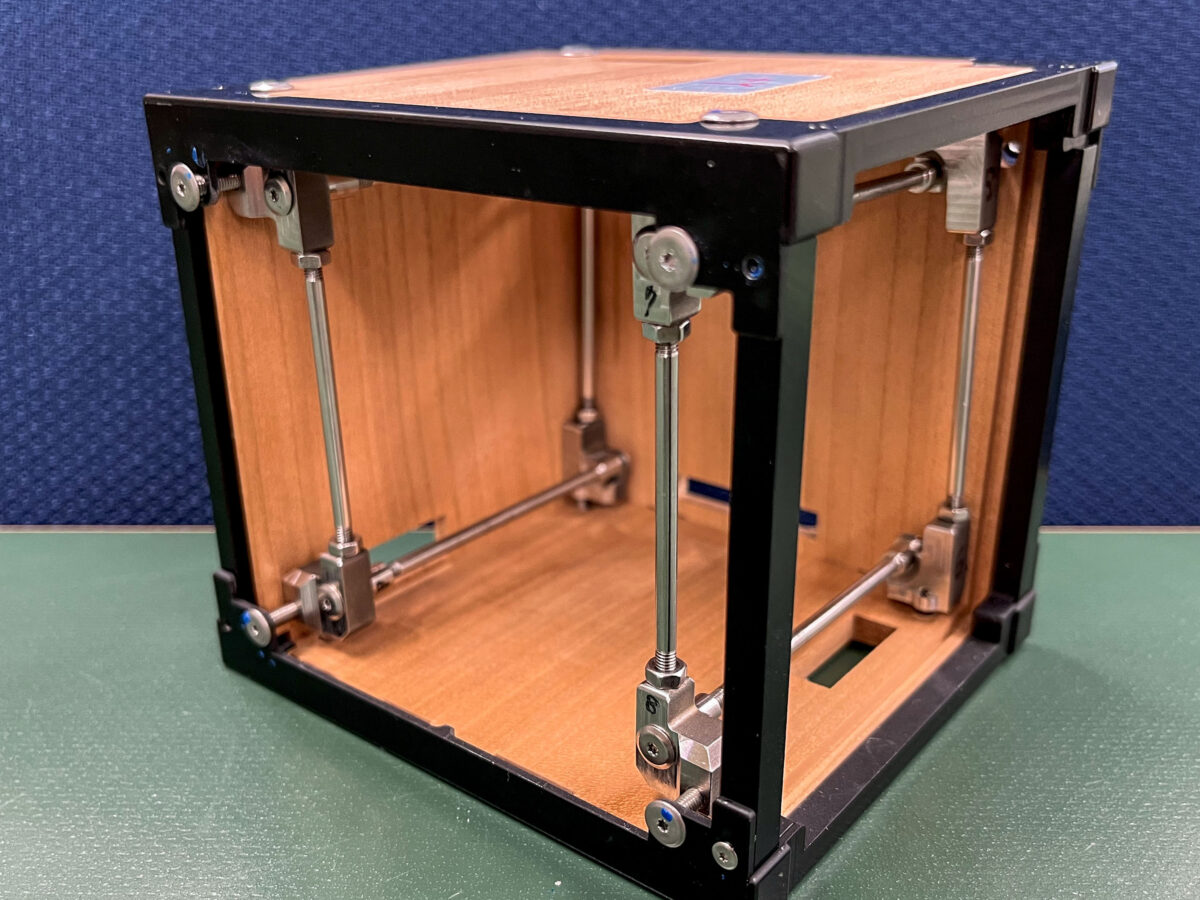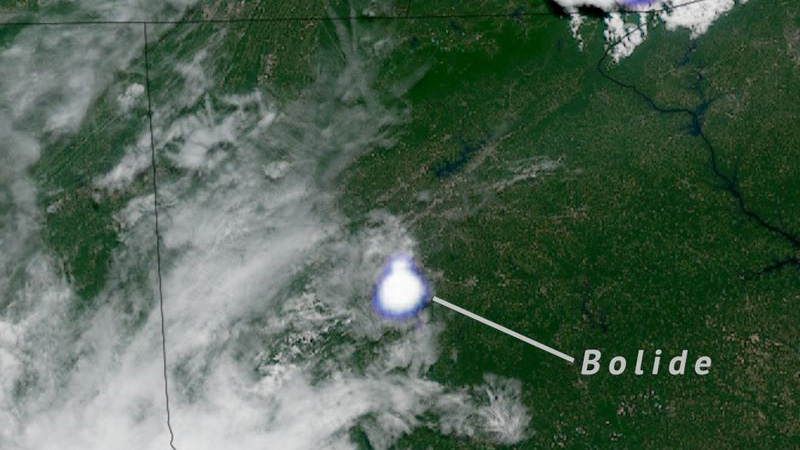In the 1st installment of 3 career-focused articles, scientists who completed books as early-career researchers reflect on the positive outcomes the experience had on their professional development.
satellites
NASA Planning for Unauthorized Shutdown of Carbon Monitoring Satellites
Despite warnings that their actions are illegal, Duffy and other senior NASA officials have continued to secretly direct NASA employees to draw up plans to end at least two major satellites missions specifically designed to monitor global carbon dioxide.
There’s a New Record for the Longest Lightning Flash
515 miles—roughly the distance from Washington, D.C. to Detroit, one-third the length of the Colorado River, and now, the longest lightning bolt ever recorded.
That’s right: A new analysis of satellite data has revealed that a 22 October 2017 storm over the U.S. Midwest created a lightning bolt that reached 829 kilometers (515 miles), from eastern Texas to nearly Kansas City. The record-setting bolt lasted about 7 seconds.
When Rain Falls in Africa, Grassland Carbon Uptake Rises
Satellite data suggest an explanation for the continent’s high year-to-year variability in carbon uptake.
Mapping the Whereabouts of Continents
A new method integrates Interferometric Synthetic Aperture Radar (InSAR) with conventional ground geodetic networks, taking us closer to high-resolution mapping of plate motions.
JGR: Space Physics Launches New Instrumentation Article Type
JGR: Space Physics welcomes new and original developments in instrumentation including novel experimental methodologies that are relevant to space physics.
Earth’s Energy Imbalance is Growing Faster Than Expected
Satellite observation of the imbalance between incoming and outgoing radiation in the atmosphere, which causes global warming, shows growth beyond what climate models have predicted.
A New Satellite Material Comes Out of the Woodwork
With lessons learned from their first attempt, Kyoto University scientists hope a second CubeSat made of magnolia will spark an age of wooden spacecraft.
Fireball Passes Over Southeastern United States
It’s a bird! It’s a plane! It’s… a bolide!
Coverage Factors Affect Urban CO2 Monitoring from Space
Orbital mechanics and environmental factors limiting the ability of Orbiting Carbon Observatory missions to collect data in space and time affect city-level monitoring, reporting, and verification goals.

